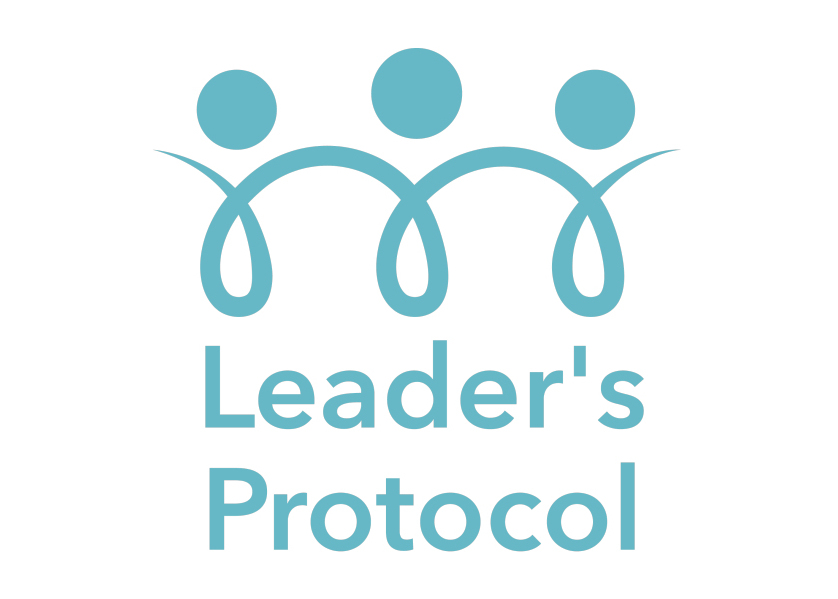What organisation doesn't expect leaders to be able to effect change? How many change initiatives just don't create the traction they need? Change Leadership is hard, really hard. No blog can do the topic justice. Here's my thoughts and questions I've asked myself many times over the years. I hope it can help you.
Leading Change: Overcoming Resistance and Inspiring Evolution
Change is the only constant, yet it remains one of the most challenging aspects of organisational life. As leaders, we are tasked with driving change while simultaneously navigating the inevitable resistance that accompanies it. So, how do we overcome this resistance and inspire evolution? Let’s explore.
Understanding Resistance
Why do people resist change? Harvard Business School professor Rosabeth Moss Kanter suggests in her HBR article “Ten Reasons People Resist Change” that resistance often stems from loss of control, uncertainty, surprise, and perceived negative effects on resources. Understanding these underlying fears is the first step in addressing resistance.
Real-world example: In 2016, when Microsoft announced its plans to acquire LinkedIn, many LinkedIn employees were naturally concerned. They feared the loss of their unique culture and the potential for layoffs. However, Microsoft CEO Satya Nadella managed to assuage their fears by allowing LinkedIn to retain its distinct identity while outlining the mutual benefits of the acquisition.
Strategies to Overcome Resistance
Communicate: Effective communication is crucial during periods of change. John Kotter, a renowned expert on change management, emphasises creating a sense of urgency and communicating the vision for change in his 8-Step Process for Leading Change.
Involve Stakeholders: People are more likely to support change if they are involved in its planning and implementation. This was demonstrated effectively by Paul Polman during his tenure as CEO of Unilever. He involved stakeholders at all levels in the creation of the Unilever Sustainable Living Plan, resulting in widespread support for the initiative.
Empathise: Leaders must empathise with the concerns of those affected by change. In her book “Dare to Lead”, Brené Brown suggests that empathy builds connection and facilitates the acceptance of change.
Support: Offering training, resources, and support can help people adapt to change. For instance, when Adobe Systems moved from selling packaged software to a cloud-based subscription model, they provided extensive training to their sales team to help them understand and sell the new offerings.
However, these strategies do not guarantee a smooth change process. Consider the case of Kodak. Despite understanding the need for digital technology and involving stakeholders in developing digital cameras, the company failed to adapt. Why? A major reason was the company’s inability to let go of its profitable film business – a classic example of the “innovator’s dilemma” described by Clayton Christensen. This example serves as a reminder that while managing resistance is crucial, leaders must also be willing to make tough decisions.
Provocative Questions to Ponder
- As you navigate your change journey, consider these questions:
- Are you truly communicating the change, or just announcing it?
- Are you involving stakeholders merely to get buy-in, or are you genuinely open to their input?
- Are you empathising with those affected by change, or just managing them?
- Are you supporting your team through the change, or expecting them to fend for themselves?
Inspiring Evolution
As leaders, our job isn’t just to manage change but to inspire evolution. We must champion a growth mindset, as Carol Dweck suggests in her book “Mindset: The New Psychology of Success”. A growth mindset encourages learning, flexibility, and adaptation, key ingredients for successful change.
Consider Google’s approach to change. Their famous ‘20% time’ policy allowed employees to work on projects outside their job descriptions, resulting in innovations like Gmail and Google News. By fostering a culture that embraces change and innovation, Google has been able to consistently stay ahead of the curve.
Recommendations for Leaders
Embrace the Discomfort: As Susan David discusses in her TED Talk “The Gift and Power of Emotional Courage”, being comfortable with discomfort is a critical skill in times of change.
Foster Psychological Safety: Amy Edmondson’s work highlights that psychological safety, where individuals feel safe to take risks and make mistakes, is crucial for successful change.
Adapt Your Leadership Style: According to Daniel Goleman’s “Leadership That Gets Results”, leaders should adapt their style to suit the change situation. For instance, a democratic style may work best when seeking buy-in, while a coaching style may be appropriate when supporting team members through change.
Learn from Failures: As Matthew Syed argues in “Black Box Thinking”, leaders should view failures as learning opportunities, fostering a culture that learns and evolves from its mistakes.
Remember, leading change is more of an art than a science. It requires flexibility, courage, and resilience. As you reflect on your leadership style, ask yourself – how can you not just manage change but inspire evolution in your organisation?
Want more? I’d recommend …
Book: “Leading Change” by John P. Kotter
Article: “Leading Change: Why Transformation Efforts Fail” by Harvard Business Review
Video: “Lead and be the Change” TED Talk by Mark Mueller-Eberstein
Podcast: “Change Creator Podcast” by Adam Force



